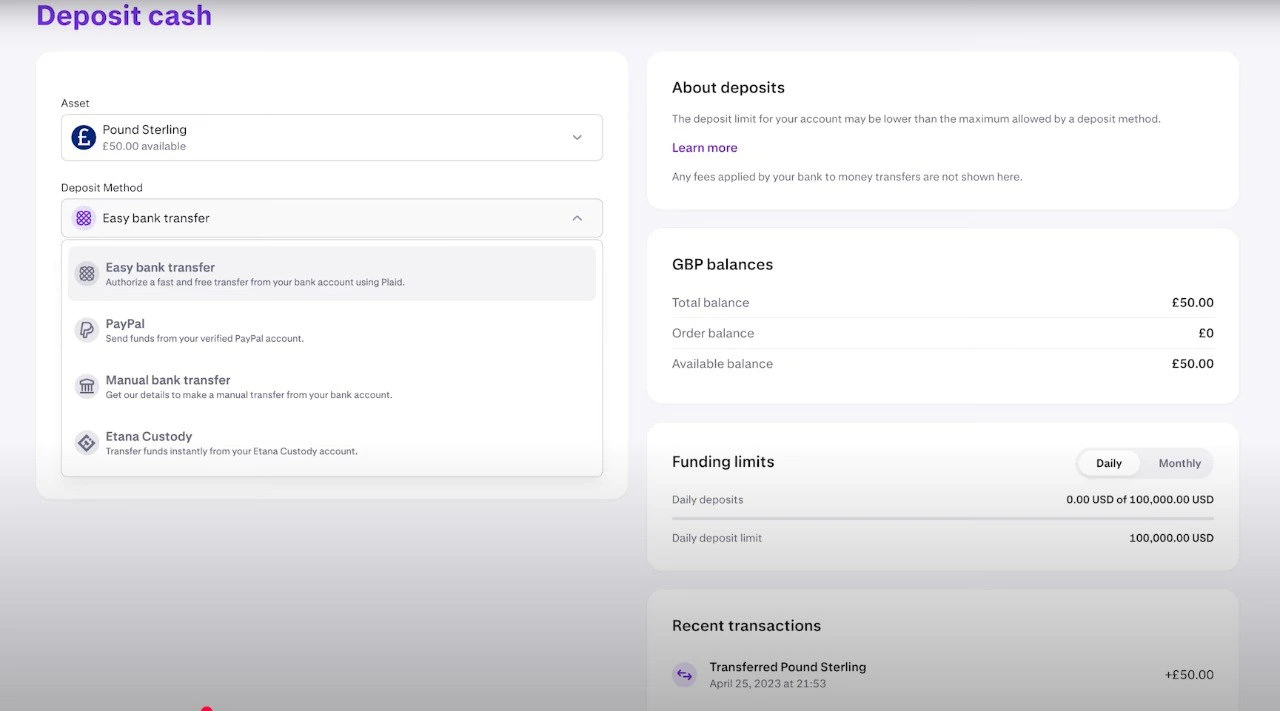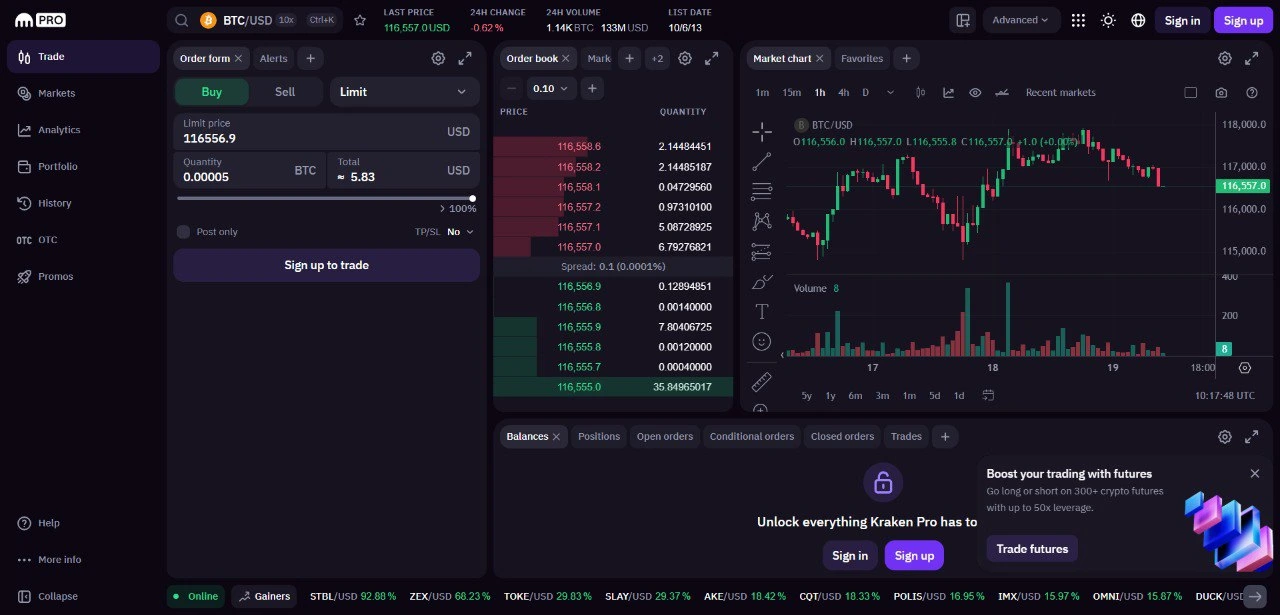Ethereum is the programmable blockchain at the centre of decentralised finance (DeFi), NFTs, DAOs and a vast ecosystem of smart-contract applications. In 2025 Ethereum remains the dominant platform for on-chain innovation — but it also presents unique economic mechanics, staking choices and regulatory questions for UK investors. This review follows the same structure as your Bitcoin article: quick verdict, how to buy in the UK, clear technical primer, risks, use cases, comparison and a long-tail SEO-friendly FAQ written for UK readers.
Quick Verdict
Summary
- Ethereum is the leading programmable blockchain in 2025. Its transition to Proof-of-Stake (PoS) and subsequent scaling upgrades (including proto-danksharding / EIP-4844) materially improved energy use and Layer-2 economics, which supports widespread DeFi and NFT activity. For UK investors who want exposure to blockchain applications, staking income and the growth of Layer-2 ecosystems, ETH is an attractive — but still volatile — allocation. Best suited for medium-to-long-term investors (3+ years) comfortable with protocol risk and wallet custody.
Pros & Cons
Advantages
Challenges
How to buy ETH in the UK — quick example (Kraken)
Purchasing Ethereum in the UK follows a straightforward process similar to buying Bitcoin:
- Create account: Register on Kraken.com and complete UK identity verification

- Fund account: Deposit GBP via Faster Payments, debit card or bank transfer

- Place order: Buy on ETH/GBP pair (market or limit)

- Secure storage: Withdraw to a hardware wallet (Ledger, Trezor) for long-term holdings or choose a regulated custodian for institutional scale
Other commonly used platforms: Coinbase (and Coinbase Pro), Binance, and UK-friendly services for smaller purchases. If you plan to stake, check the provider's lock-up, withdrawal policy and fees.
What is Ethereum?
Ethereum is an open-source blockchain protocol launched in 2015 that extends simple value transfer into a global, programmable platform. Ether (ETH) is the network's native token — used to pay transaction fees (gas), secure the network via staking and act as the economic unit inside smart contracts. The Ethereum Virtual Machine (EVM) runs deterministic code (smart contracts), enabling decentralised exchanges, lending protocols, DAOs, NFTs and tokenised real-world assets.
Brief Origin & Why Ethereum Matters
Picture a small whitepaper turned into a global lab for finance: developers and entrepreneurs built protocols on Ethereum that replicated banking primitives — lending, trading, derivatives — but without banks. Over a decade, that experiment grew into thousands of applications and trillions in total addressable activity (on-chain + Layer-2).
Key moments that reshaped Ethereum's investment case include:
- The Merge: Transition to Proof-of-Stake
- Shanghai/Capella upgrade: Enabled validator withdrawals
- Dencun/EIP-4844: Proto-danksharding which lowered Layer-2 data costs and improved user economics
How Ethereum Works — A Concise Technical Primer
Ethereum Key Specifications
Proof-of-Stake (PoS) and Validators
After The Merge, Ethereum replaced energy-intensive mining with staking. Validators secure the network by locking ETH; they propose and attest blocks and earn rewards. The move slashed Ethereum's electricity consumption by roughly 99.95% in estimates used by major analyses — a headline change for institutional and ESG considerations.
Smart Contracts and Composability
Smart contracts are immutable programs on the chain. Composability — protocols building on each other — enables rapid innovation but also concentrates risk: a bug in one contract can cascade through many protocols.
Scaling: Rollups and Proto-danksharding (EIP-4844)
The current scalability model pivots on Layer-2 rollups that execute transactions off-chain and post compressed data to Ethereum. EIP-4844 (proto-danksharding), rolled into Dencun, introduced "blobs" to lower the cost of posting rollup data, meaning common user actions on rollups can be an order of magnitude cheaper than before. This is central to the narrative that Ethereum is becoming usable for everyday apps.
Monetary Mechanics — No Fixed Cap
Ethereum does not have a 21-million cap. ETH issuance now primarily rewards validators, while EIP-1559's base-fee burn reduces supply when network activity is high. The net effect (inflationary vs deflationary) depends on activity levels and staking participation.
Key Features & Benefits
- Programmability: Enables DeFi, tokenisation and NFTs
- Staking rewards: Holders can stake ETH (32 ETH per validator or via pooled/liquid staking) to earn yield
- Lower energy footprint: PoS cut energy usage dramatically compared with PoW
- Improved L2 costs: EIP-4844 materially lowered Layer-2 data costs, improving UX for everyday transactions
- Large developer ecosystem: Ongoing tooling, developer activity and enterprise trials
Risks & Criticisms — What UK Investors Must Consider
Primary Risks
Understanding these challenges is crucial for UK investors considering Ethereum exposure:
Primary Risk Factors
Security & Custody Options
As with Bitcoin, "not your keys, not your crypto" applies: assess custody choices carefully.
- Hardware wallets (Ledger, Trezor): Best for long-term self-custody
- Software wallets (MetaMask, Frame): Necessary for active DeFi; higher operational risk (phishing)
- Exchange custody: Convenient but exposes you to counterparty risk
- Liquid staking tokens (stETH, rETH, cbETH): Provide liquidity while staking, but carry peg and counterparty risks
Practical Use Cases
Ethereum's utility spans multiple sectors with real-world applications:
Real-World Examples
- DeFi primitives: Lending (Aave), DEXs (Uniswap), automated market makers — on Ethereum and L2s
- NFTs & gaming: Tokenised ownership and in-game economies
- DAOs: On-chain governance and treasury management
- Stablecoins & payments: USD-pegged stablecoins power low-friction settlements
- Enterprise pilots: Tokenisation of real-world assets and private chains exploring EVM compatibility
Market & Institutional Context
Important 2024-25 Developments
Spot ETH ETFs: Regulatory approvals in 2024 enabled spot Ether ETFs to list and trade (US market debut in July 2024), creating a regulated channel for institutional and retail flows via brokerages. That development broadened access and institutional interest in ETH exposure.
Staking adoption: By 2025 roughly ~27-30% of ETH supply was staked, representing a material portion of liquid supply and influencing issuance dynamics.
Comparison: Bitcoin vs Ethereum vs Layer-1 Alternatives
Blockchain Platform Comparison
Final Verdict — Is Ethereum Right for You in 2025?
Ethereum is appropriate if you:
- Want exposure to programmable blockchains, DeFi and NFT ecosystems
- Can tolerate volatility and grasp smart-contract/custody risk
- Seek staking income or protocol-growth exposure
- Medium-to-long-term investment horizon (3+ years)
- Comfortable with technical complexity
Ethereum may not suit you if you:
- Need predictable, low-volatility returns
- Dislike technical complexity
- Prefer strictly regulated, centrally managed investments only
- Cannot afford potential total loss
- Require immediate liquidity
A common allocation for many diversified UK investors is 1–5% of portfolio value in ETH (adjust to personal risk tolerance). If you consider staking, model lock-up, slashing risk and liquid staking alternatives carefully.
FAQ — Long-Tail Questions
Frequently Asked Questions
Get answers to the most common questions about crypto exchanges